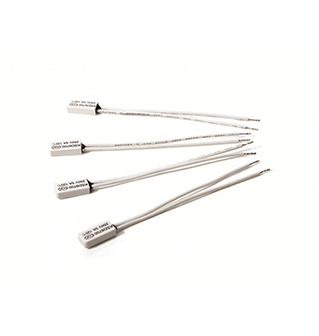
1. Product certification. For example, exporting to North America requires UL or CSA certification. At present, products exported to Europe still need to comply with the RoHs directive of the European Union, which is commonly referred to as environmental certification such as SGS.
2. The normal working current of the circuit. The working current through the fuse should not exceed 75% of the rated current of the fuse.
3. The applied voltage applied to the fuse. Usually, patch fuses are used in portable devices, and the working voltage of the circuit is generally not high. As long as the rated voltage of the patch fuse is higher than the working voltage of the circuit, it can be used with confidence.
4. The ambient temperature of the fuse. When applying patch fuses to portable devices, appropriate consideration should be given to the temperature rise of the fuse, that is, the reduction of the rated current of the fuse. The ambient temperature during fuse operation should be within the specified operating temperature range. When the ambient temperature around the fuse exceeds 25 ℃, it should be downgraded and used according to the temperature reduction curve.
5. The magnitude and duration of the overload current in the circuit. Usually, a combination of oscilloscope testing and theoretical calculation is required to determine the magnitude of overload current The basic requirement for fuses is that they should not be disconnected when there is a surge current, and must be disconnected within an appropriate time (such as when there is an overload current that needs to be disconnected).
6. Resistance. The resistance of patch fuses affects certain electrical properties
Read recommendations:
motorcycle fuse block with relay.Self recovery fuse parameters
air conditioner fuse box replacement.Is polymer PTC thermistor used for over temperature control?